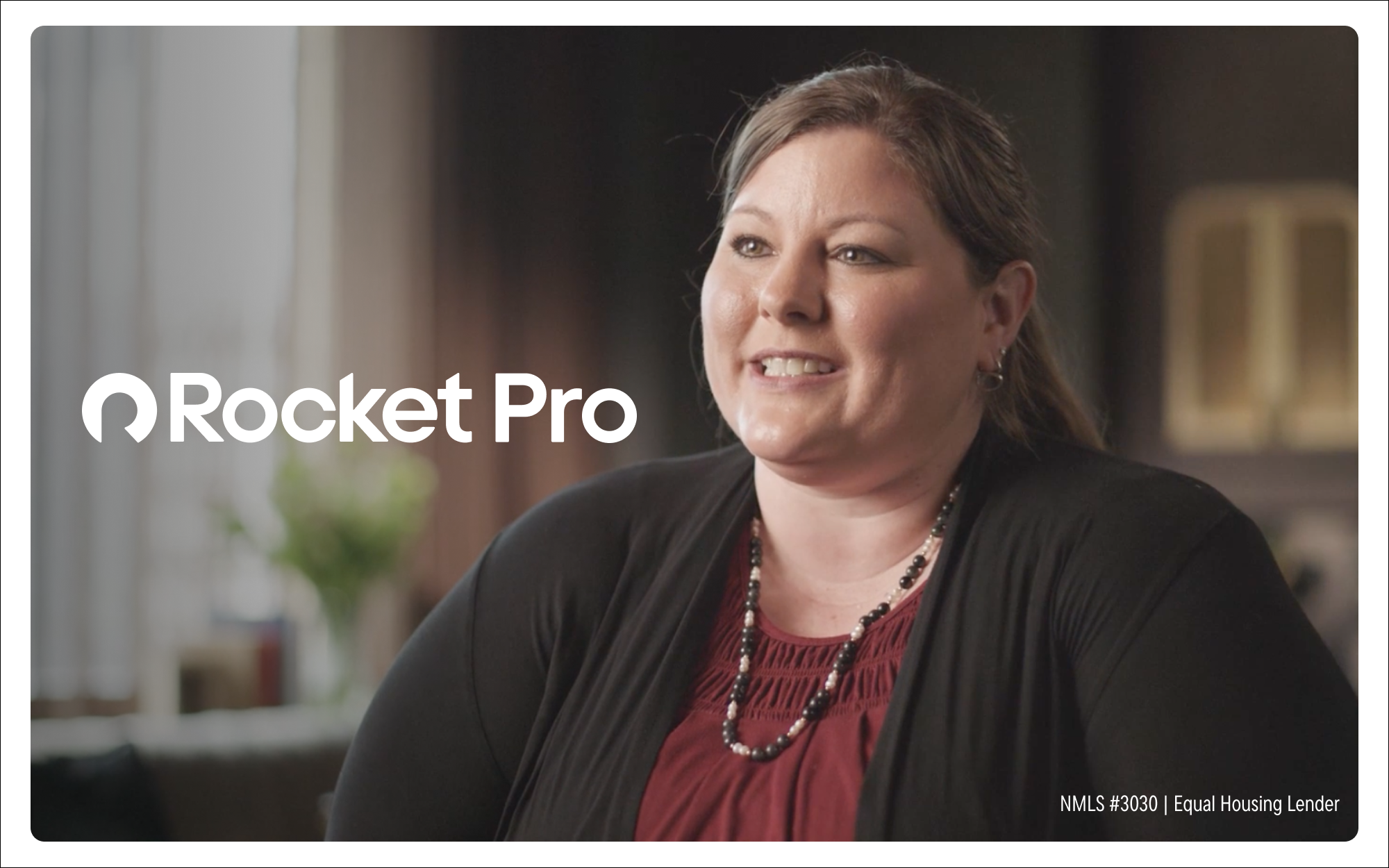With many prospective and first-time homebuyers buying fixer-uppers, community banks can tap into a new market to supplement their mortgage and construction portfolios.
Renovation Lending: The Solution to a Tough Mortgage Market?
March 01, 2025 / By Beth Mattson-Teig
With many prospective and first-time homebuyers buying fixer-uppers, community banks can tap into a new market to supplement their mortgage and construction portfolios.
Looking at the housing and mortgage markets today, potential homebuyers are facing limited for-sale home inventory, rising home prices and higher mortgage costs.
Although the National Association of Realtors has predicted that the worst of the downturn in home sales could be over—there is increasing inventory, and interest rates are expected to drop—buyers are still finding it difficult to find a home that fits their criteria.
“People might look at six houses and get outbid on every one, or maybe the price is out of their budget,” says Jamie Pimentel, regional sales manager at $27.4 billion-asset United Community in Greenville, S.C.
With such conditions, many of these homebuyers are choosing to purchase fixer-uppers that are more affordable or in a location they want. That means community banks are there to help them find the best financing solution for their construction projects.
Lenders tapping into this renovation lending market are tasked with matching customers with the right loan product.
“The key determinant is the amount of equity a borrower has in the property relative to the scale of the project they’re considering,” says Dan Peinovich, vice president and construction sales manager at Bell Bank Mortgage, a division of $14 billion-asset Bell Bank in Fargo, N.D.
If a borrower has plenty of equity, that opens the door for more products, such as a home equity line of credit (HELOC) or a cash-out refinance. A borrower with less equity in the home typically will go with a rehab or construction loan product. Another key difference is that while a HELOC or refinance is based on the existing value of the home, a renovation or construction loan can use an appraised value as though the work had been completed.
Finding the right financing fit
United Community offers several options for renovation financing, including a renovation or construction loan or a HELOC. Two of its primary loan products are the Fannie Mae HomeStyle Renovation Loan and the bank’s own portfolio construction loan. The two products are suitable for different situations depending on the customer and the overall credit profile, debt-to-income ratio and loan-to-value ratio.
With a Fannie Mae HomeStyle Renovation Loan, for example, the customer is borrowing the full amount and paying principal and interest on the full amount at the first payment date. In comparison, a construction portfolio loan product like United Community’s allows the borrower to pay interest only on the money that’s outstanding as they draw it.
“Situations are all different, and it can be a little bit of a puzzle to figure out what’s the best solution for that customer and the scope of the project,” says Pimentel. “So, it’s important for the originator to interview the customer and understand what they’re trying to accomplish and what their needs are.”
Bell Bank offers construction loans that allow borrowers to do rehab and renovation projects, as well as saleable loans to the agencies. The bank is also continuing to look at adjustments, modifications and enhancements to its construction loan offering. For example, Bell Bank recently rolled out new enhancements to its Freddie Mac ChoiceRenovation loan that included significantly expanding the dollar amount limits and the time frame allowed to complete the renovation.
“As the market continues to evolve, we continue to try to keep pace and lead in that space to make sure that we’re at the forefront of what’s going on in the market,” says Peinovich. (For more information on the market outlook, see sidebar below.)
The outlook—and potential—for reno loans
Remodeling is a time- and cost-intensive project for homeowners. But if done right, it can reap notable benefits for both customers and their banks.
According to the quarterly forecast from the Joint Center for Housing Studies of Harvard University, annual spending for home improvements and maintenance will top $477 billion over the 12-month period through third quarter 2025, a 1.2% increase over the prior year.
Anecdotally, contractors are starting to see an uptick in business leads and new activity that is being fueled by a variety of factors, including strong home values.
“As homes become more valuable, it gives people the opportunity to get a HELOC or some other type of financial instrument to be able to borrow against the equity in their home to pay for a remodel,” says Aaron Enfinger, president-elect of the National Association of the Remodeling Industry (NARI) and chief operating officer at the Cleary Company, a home remodeling company in Columbus, Ohio.
He adds, “Over the last 18 to 24 months, we saw a little bit of a decline in spending on remodeling, and I think that trend is going to reverse and we’re going to see a nice long recovery as we move forward.”
Growing prospects for renovation loans
As with any bank product, lenders can use a variety of methods to drive business, such as advertising, social media and hosting in-person and online educational sessions to educate people on the different financing options available for remodeling projects.
Community banks can also establish a network of builders and home remodeling contractors, creating an avenue for referrals.
Aaron Enfinger, president-elect of the National Association of the Remodeling Industry (NARI) and chief operating officer at the Cleary Company, a home remodeling company in Columbus, Ohio, says relationships are an important aspect of the home remodeling business.
“It doesn’t get any more personal than working inside of people’s homes, and the relationship aspect is enormously important,” Enfinger says. “So, people looking to really service our industry need to look for ways to create those relationships with the builders, the remodelers and the associations that are in the communities.”
Experience and education
On the education side of things, it’s important that customers understand the different financing options available to them. Most customers have never taken out a construction or rehab loan, and although some elements are the same as a standard mortgage or refinance, it is a very different type of transaction. Because of this, originators must have a good understanding of the various financing products available and be able to communicate those options and nuances to the customer.
The best advice for community banks looking to grow their home renovation lending business? Have an experienced construction lender lead the team.
“There are different risk factors in construction lending that, if you’re not familiar with how it works and what that looks like, it can be a bit daunting and can be very risky,” says Peinovich. “Having an expert in the field is really critical to make sure that you’re navigating those challenges appropriately and managing the risk accordingly.”
Subscribe now
Sign up for the Independent Banker newsletter to receive twice-monthly emails about new issues and must-read content you might have missed.
Sponsored Content
Featured Webinars
Join ICBA Community
Interested in discussing this and other topics? Network with and learn from your peers with the app designed for community bankers.
Subscribe Today
Sign up for Independent Banker eNews to receive twice-monthly emails that alert you when a new issue drops and highlight must-read content you might have missed.
News Watch Today

Join the Conversation with ICBA Community
ICBA Community is an online platform led by community bankers to foster connections, collaborations, and discussions on industry news, best practices, and regulations, while promoting networking, mentorship, and member feedback to guide future initiatives.












